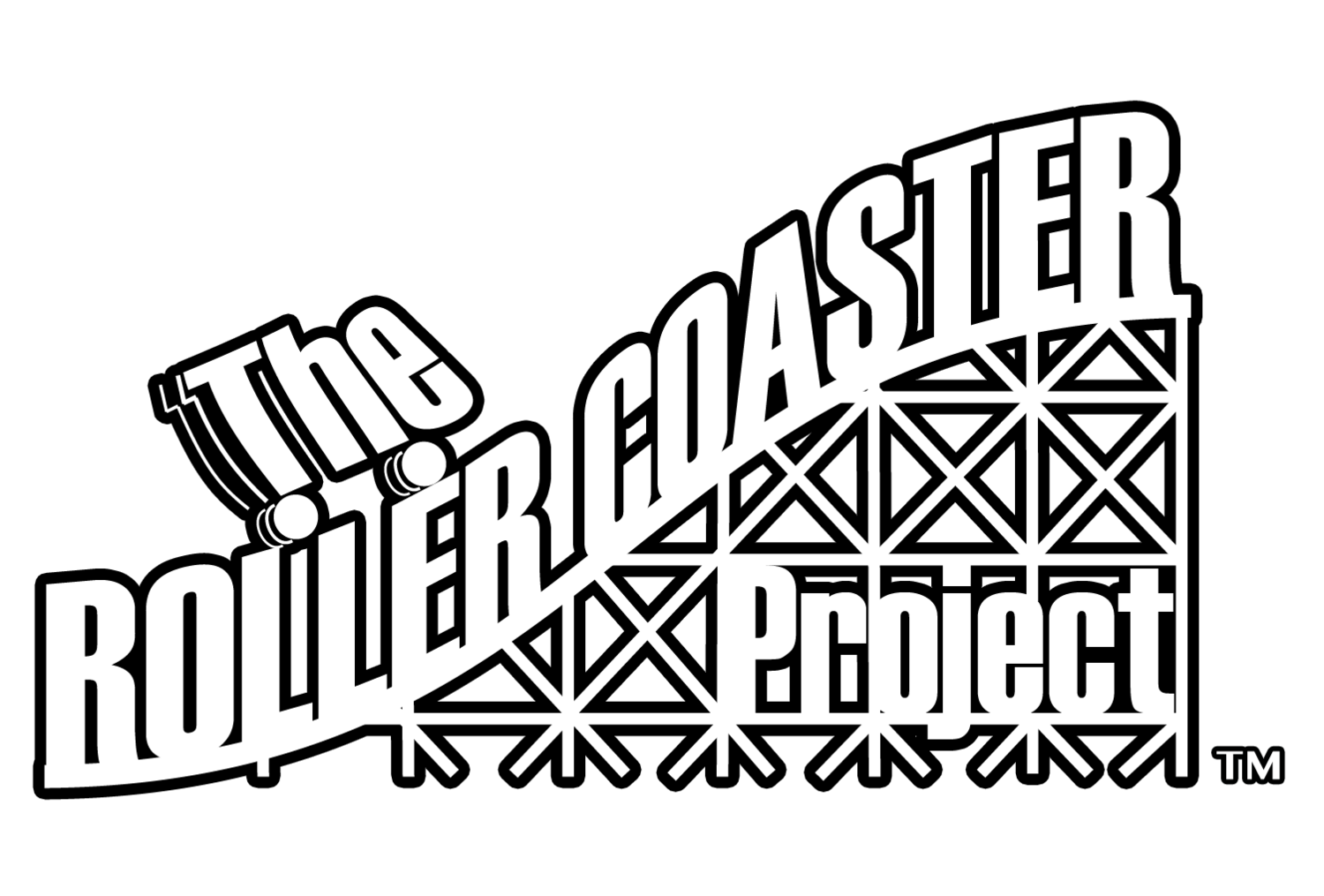More Ride Design, sort of.
/First off, I apologize to anyone who’s not a math person, but also I don’t want to alienate those of you out there who are...so HA! Designing a ride is math intensive, and more so nowadays that previously. You’d be shocked at how many companies that engineer amusement rides today are bad at math, or hire a consultant to “check” their work. Werner Stengel and his company is a prime example of a consultant hired to check math functions, smooth curves, and check accelerations.
The basic fundamentals of roller coaster design, in particular, are simple Newtonian concepts from the outside. However, as you delve deeper into the ride’s layout, you’ll notice a relationship between high order Calculus and Physics. Many of the questions I get about ride design is “how do you get the centerline?” Or, “is the ride designed in NoLimits?”
NoLimits is a great simulation software, just Google it if you haven’t heard of it, and it has some great spline modeling. However, it’s not used by the industry for anything more than just simulation purposes. Most companies have their own math programs or spreadsheets designed to output necessary ride features. There are a multitude of things not included in NoLimits since most people don’t realize they are factored into ride design. Another discrepancy is that there are limits in real life (IRL for the kids). These limitations have an ultimate effect on the ride’s final design: budget, space, rider data...etc.
As for the centerline, previously I had mentioned a few different types of design processes. If you think of a ride being similar to that of a building or a bridge, then you know you have to develop the loads and produce something to react them. Just as you design a building, you have a set of codes for weights and accelerations to apply. But unlike a building, you manipulate the loading in certain areas to produce a ride path. The math can become a little chaotic, but when possible you should try to simplify it.
Remember, simplicity is key. Most students and post college people want design to be super exact. That’s not necessary, even NASA has a range of tolerances to stay within. You should keep trying again and again to produce the results you want. Change the methods slightly each time and simplify it as much as possible. Focus on the concept, and use the math as a tool.




